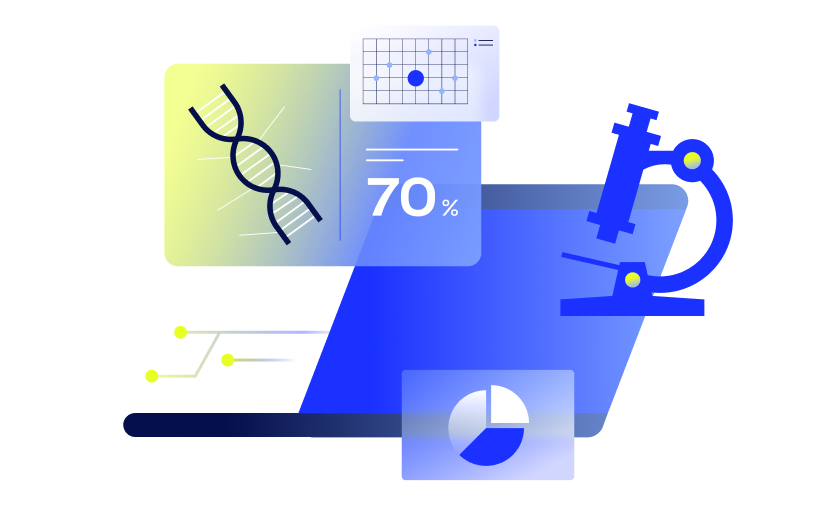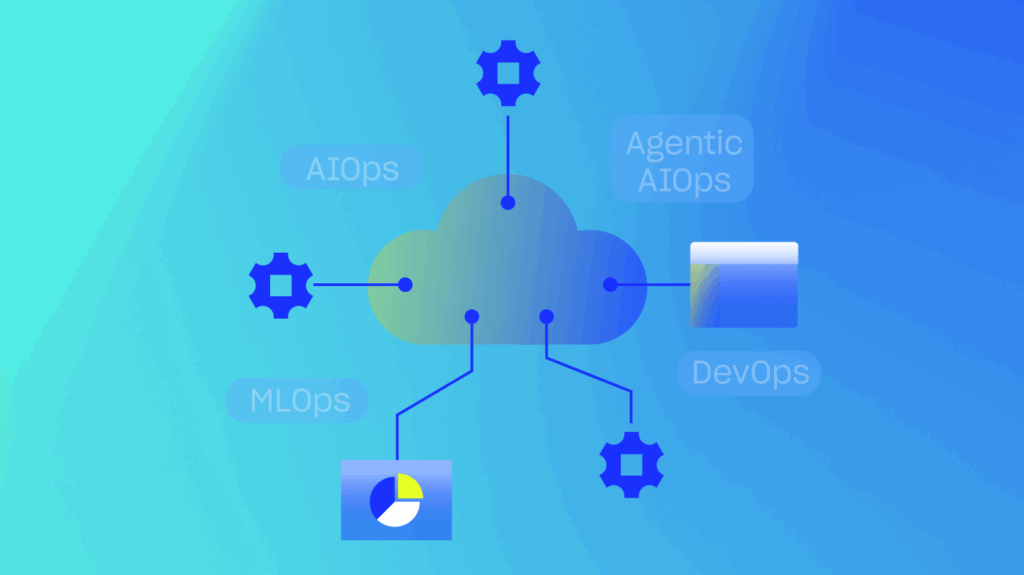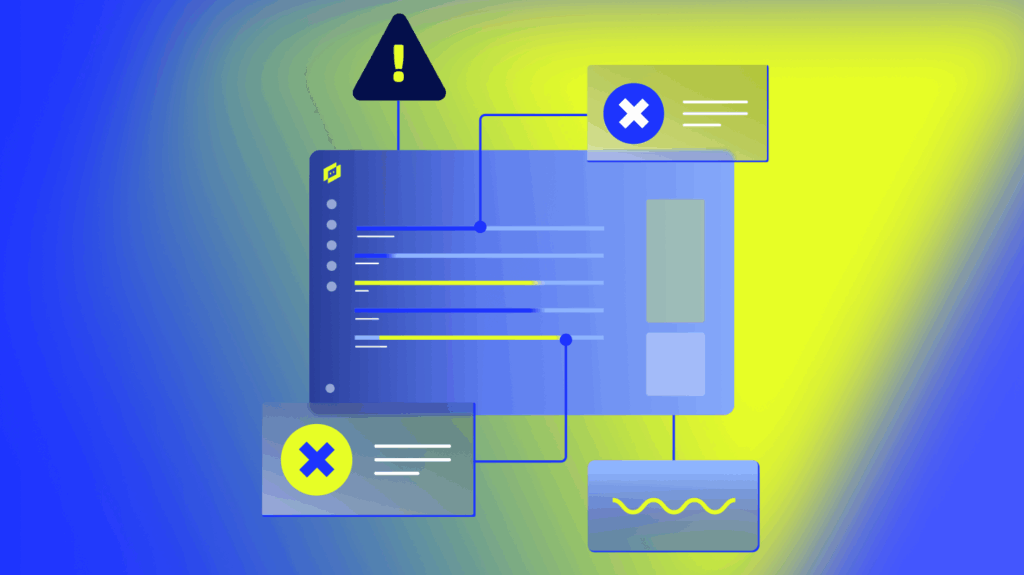Supporting every hospital chart, scan, and bedside alert is a web of digital systems—EHRs, lab interfaces, clinical apps, networks, and connected devices—all working in sync or struggling to. When something slips, say, an Epic interface queue backs up and lab results don’t reach the attending physician on time, the consequences aren’t theoretical. That delay might mean a sepsis alert gets missed. A treatment window closes. A patient’s outcome changes. The impact is immediate, measurable, and personal.
Despite this complexity, many healthcare organizations are still relying on legacy monitoring tools built for a much simpler time.
TL;DR




Healthcare IT is no longer confined to a single data center. It now spans cloud platforms, mobile devices, and edge sensors. Monitoring tools must evolve to provide comprehensive visibility across this hybrid environment.
These environments are distributed, dynamic, and deeply interconnected, making it nearly impossible for siloed monitoring tools to surface root causes fast enough.
When Visibility Fails, Patient Care Suffers
When the tools can’t see the problem, patients feel the impact.
At one U.S. hospital, an infant protection system went offline. While the underlying infrastructure appeared healthy, it still took five hours and 25 engineers to identify the issue. Ninety percent of that time was spent just locating the root cause. During the outage, staff had to rely on manual security protocols to monitor and safeguard infants, increasing the risk of errors such as unauthorized movement or mother-infant mismatches—risks that the infant protection and security system is designed to prevent in this highly sensitive care environment.
A single day of downtime costs healthcare systems an average of $1.9 million, not including reputational damage and regulatory exposure. Beyond the financial impact, system outages put patients directly at risk, delaying critical treatments, interrupting vital monitoring, or causing medication errors. When patient safety is compromised, clinicians also face serious consequences, including potential liability and threats to their professional licenses. In a healthcare system already stretched thin by staffing shortages, these delays are costly and dangerous.
Visibility That Matches the Moment
Healthcare IT leaders are responsible for more than just keeping systems online. They’re leading digital transformation, enabling AI-powered diagnostics, and supporting 24/7 hybrid care delivery.
To do that, they need more than status checks and isolated alerts. They need a unified view that connects infrastructure, applications, and clinical workflows in real time. This means correlating data across networks, cloud services, EHR systems like Epic, and end-user devices, so IT teams can understand how performance issues ripple through complex clinical environments and impact patient care.
Consider an Epic latency issue during morning rounds. Without hybrid observability, IT might see alerts about server load or memory spikes but miss how those translate into delayed physician logins or documentation bottlenecks. Hybrid observability brings all data into a single pane of glass, integrating on-prem and cloud systems, devices, and applications. Advanced AI analyzes this data continuously, detecting anomalies and pinpointing root causes before they escalate. This lets teams resolve issues like backend database bottlenecks, misfiring APIs, or cloud latency fast, avoiding disruptions that could delay care.
That’s the difference between reacting to noise and preventing clinical interruptions altogether.
From Reactive to Ready
Healthcare isn’t slowing down. Workloads are rising, and tech stacks are expanding. Patients accustomed to digital-first experiences expect seamless care, and regulators are watching closely.
Legacy monitoring wasn’t built for this pace. Hybrid observability is.
Forward-looking IT teams are replacing guesswork with real-time insight. They’re preventing care disruptions, protecting sensitive data, and giving clinicians the confidence to trust their tools.
And they’re proving that IT resilience isn’t just about uptime—it’s about protecting patient safety, accelerating time to treatment, and building clinician trust in the systems they use every day.
Sofia leads content strategy and production at the intersection of complex tech and real people. With 10+ years of experience across observability, AI, digital operations, and intelligent infrastructure, she’s all about turning dense topics into content that’s clear, useful, and actually fun to read. She’s proudly known as AI’s hype woman with a healthy dose of skepticism and a sharp eye for what’s real, what’s useful, and what’s just noise.
Subscribe to our blog
Get articles like this delivered straight to your inbox








